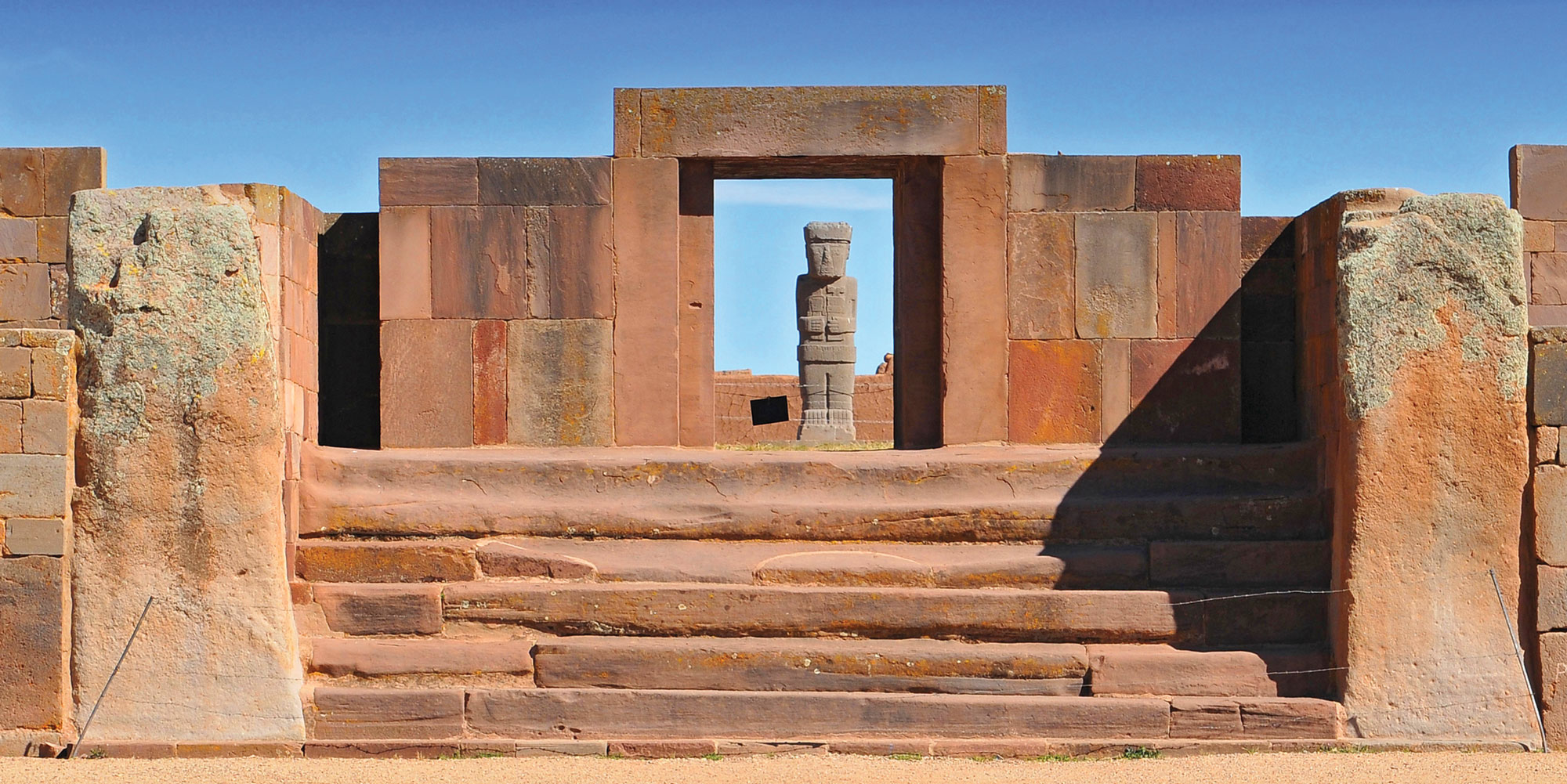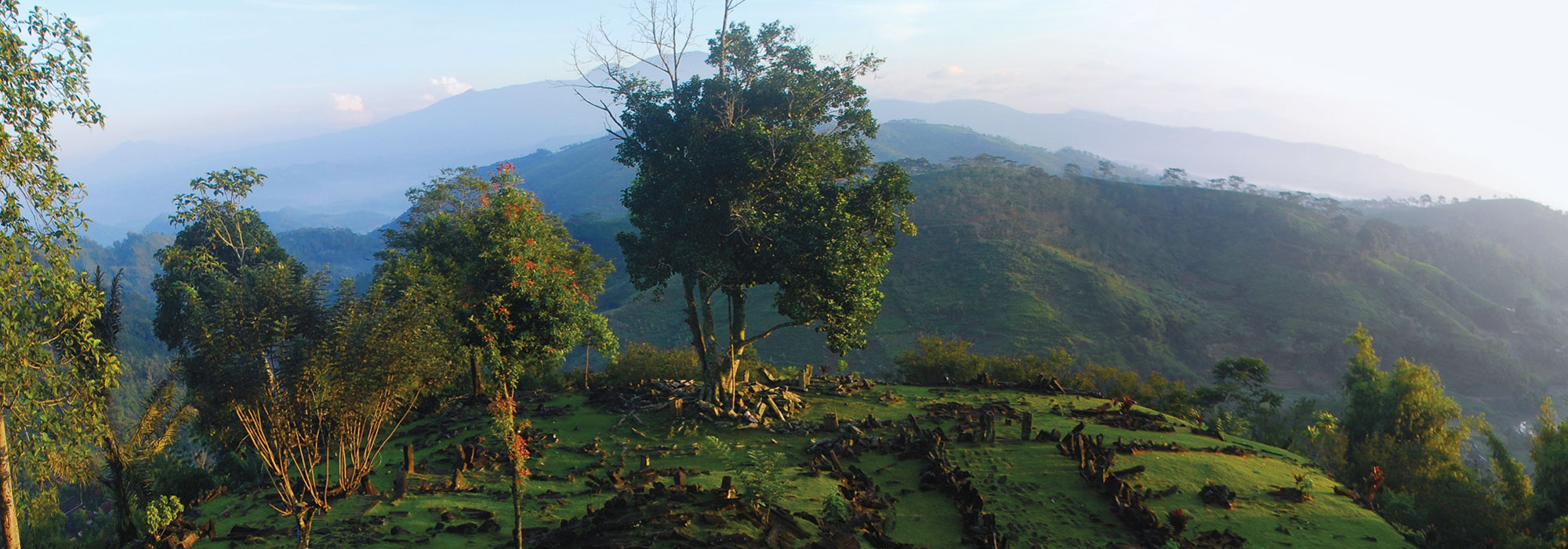ASTANA, REPUBLIC OF KAZAKHSTAN—According to a Live Science report, archaeologists from Ozbekali Zhanibekov University and the Turkistan Regional Administration have excavated three 2,000-year-old burial mounds in southern Kazakhstan. The researchers found that two of the mounds had been looted in antiquity. Aleksandr Podushkin of Ozbekali Zhanibekov University said that the recovered artifacts are thought to have been made during the period of the Kangju state, which was made up of groups of Sarmatian, Xiongnu, and Saki peoples who lived along the Great Silk Road between the fifth century B.C. and the fourth century A.D. The Kangju state is known to have traded with Rome, China, and the Kushan Empire to the south, he added. The objects include two gold crescent-shaped earrings, which have been dated to the first century B.C. and are inlaid with jewels and decorated with clusters of grapes, and a large, circular bronze mirror resembling those made in China during the Han Dynasty, which ruled from 206 B.C. to A.D. 220. A Roman-style fibula, beads of various sizes, a jug, a shoe, a belt buckle; and an arrowhead for hunting birds were also recovered. The artifacts will go on display at the National Museum of the Republic of Kazakhstan. To read about a 2,700-year-old mound burial found in eastern Kazakhstan, go to "Iron Age Teenagers."
2,000-Year-Old Burial Mounds Excavated in Kazakhstan
News June 3, 2024
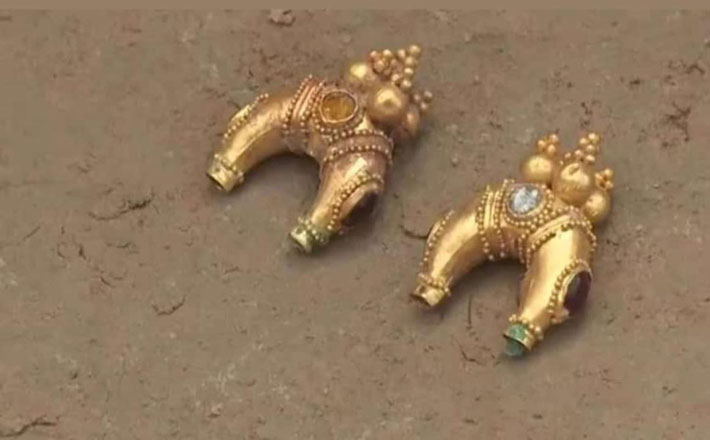
Recommended Articles
Off the Grid January/February 2026
Prophetstown, Indiana
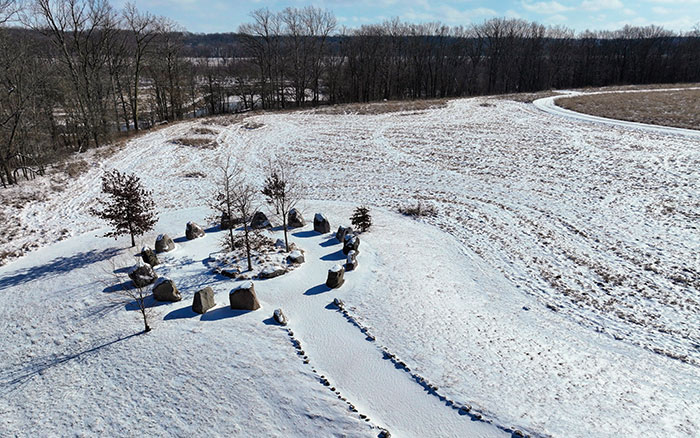
Letter from France January/February 2026
Neolithic Cultural Revolution
How farmers came together to build Europe’s most grandiose funerary monuments some 7,000 years ago
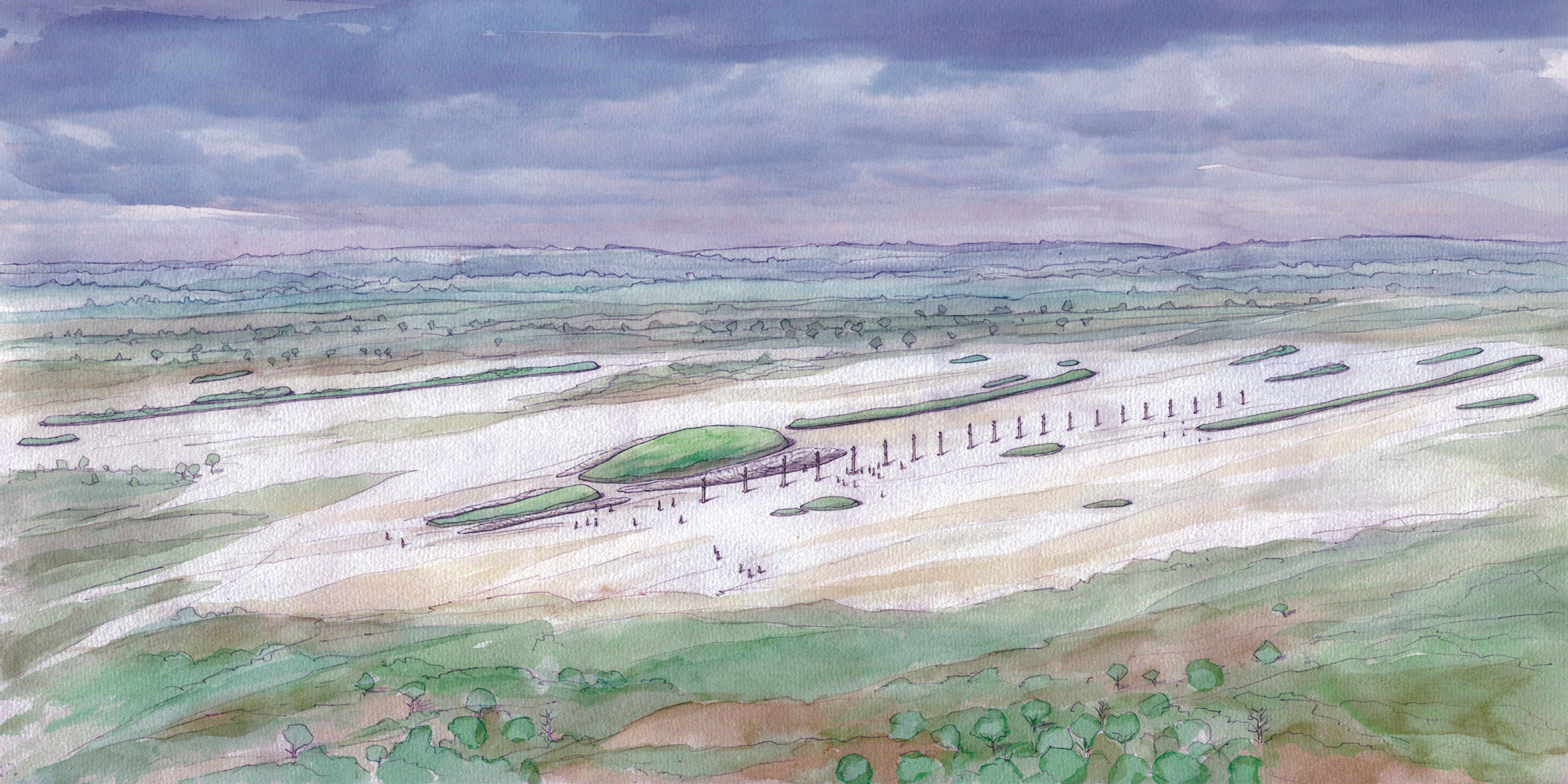
Features January/February 2026
The Cost of Doing Business
Piecing together the Roman empire’s longest known inscription—a peculiarly precise inventory of prices

Features January/February 2026
The Birds of Amarna
An Egyptian princess seeks sanctuary in her private palace
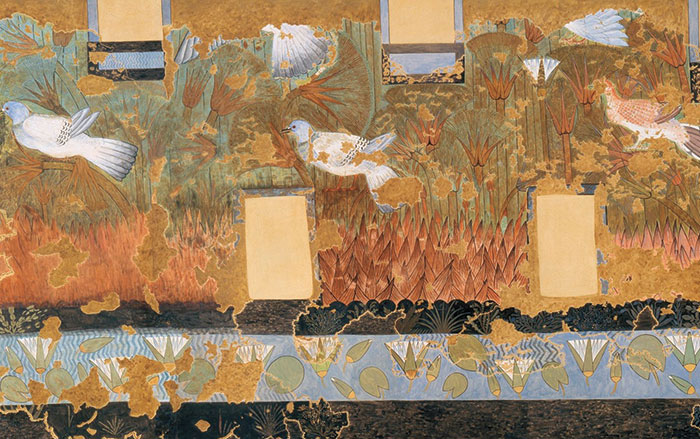
-
Features July/August 2024
The Assyrian Renaissance
Archaeologists return to Nineveh in northern Iraq, one of the ancient world’s grandest imperial capitals
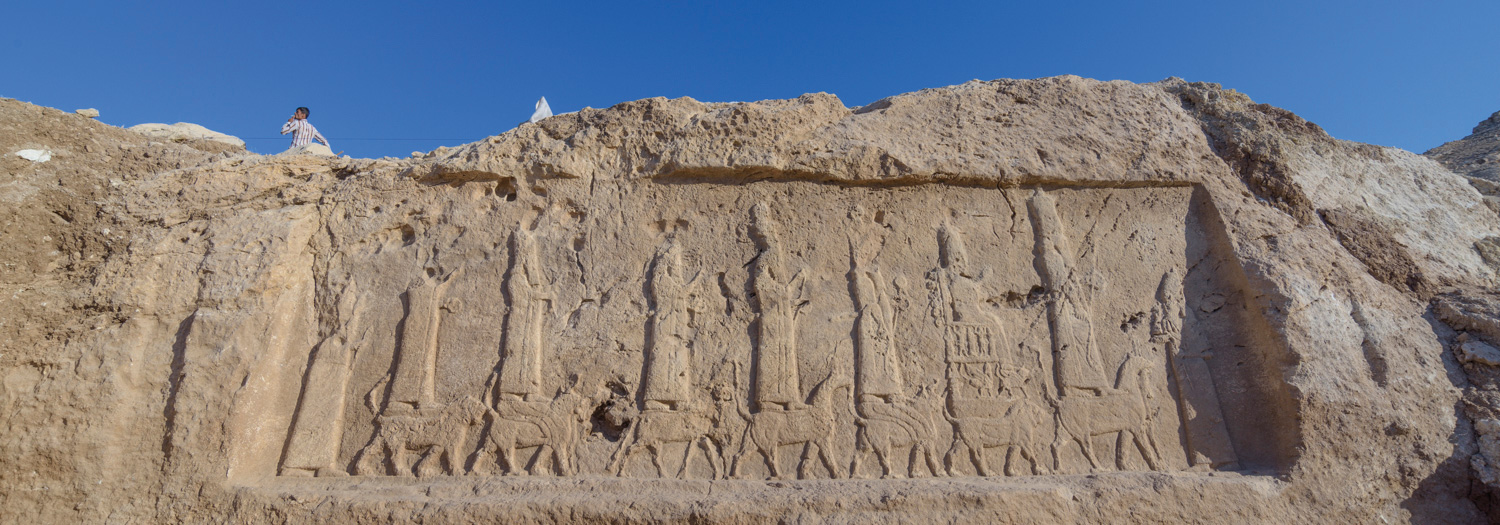 (Land of Nineveh Archaeological Project)
(Land of Nineveh Archaeological Project) -
Features July/August 2024
A Dynasty Born in Fire
How an upstart Maya king forged a new social order amid chaos
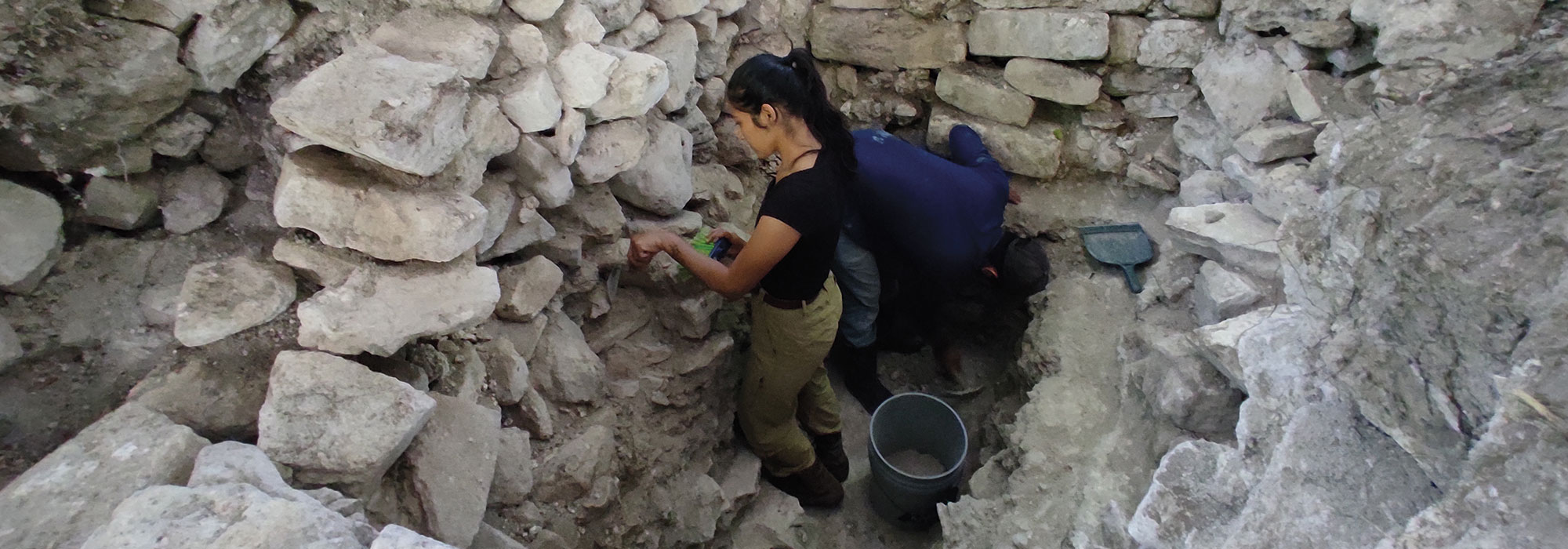 (Courtesy Proyecto Arqueológico Ucanal)
(Courtesy Proyecto Arqueológico Ucanal) -
Features July/August 2024
Making a Roman Emperor
A newly discovered monumental arch in Serbia reveals a family’s rise to power in the late second century a.d.
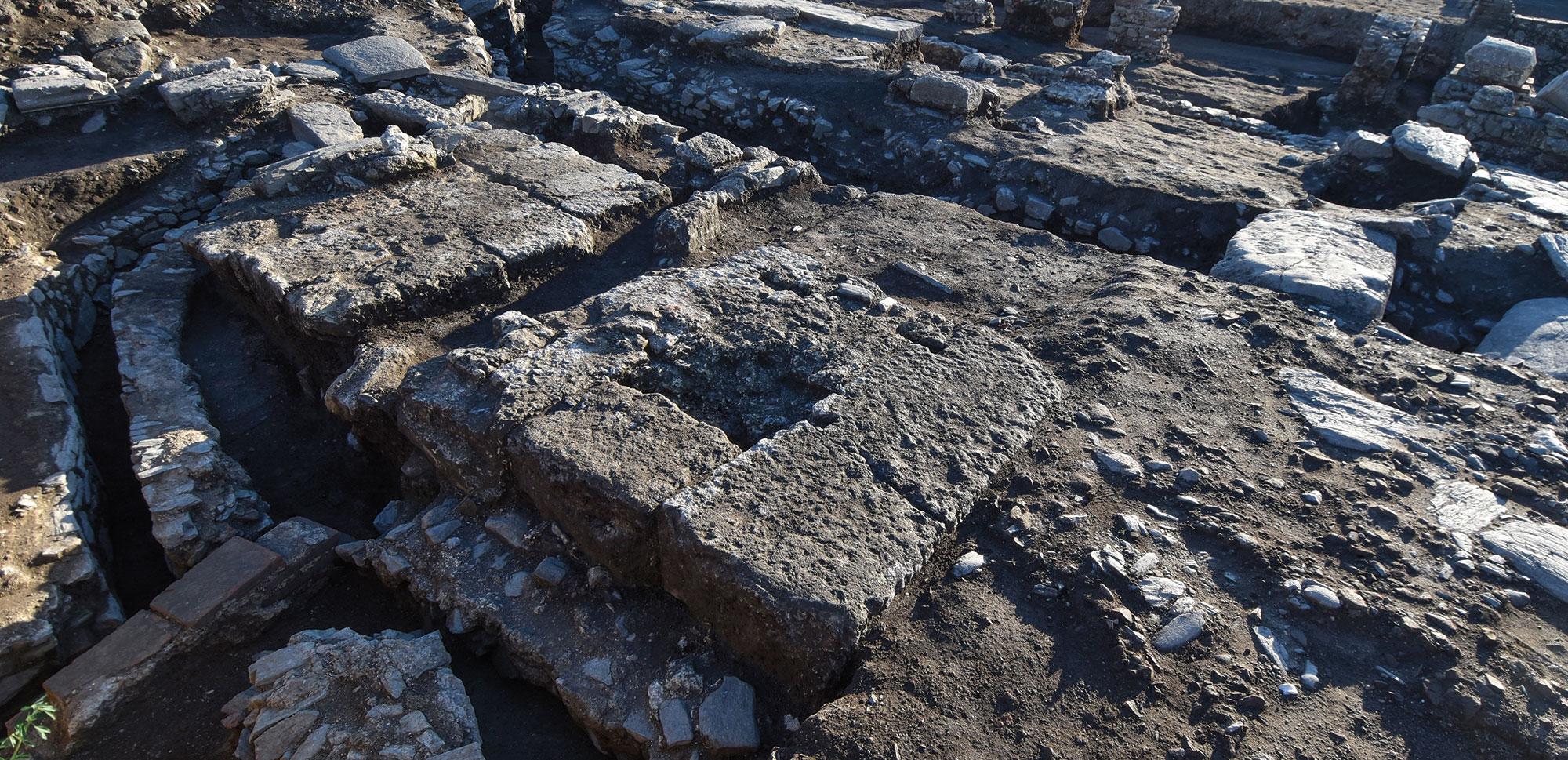 (Serbia’s Institute of Archaeology)
(Serbia’s Institute of Archaeology) -
Features July/August 2024
Rise and Fall of Tiwanaku
New dating techniques are unraveling the mystery of a sacred Andean city
